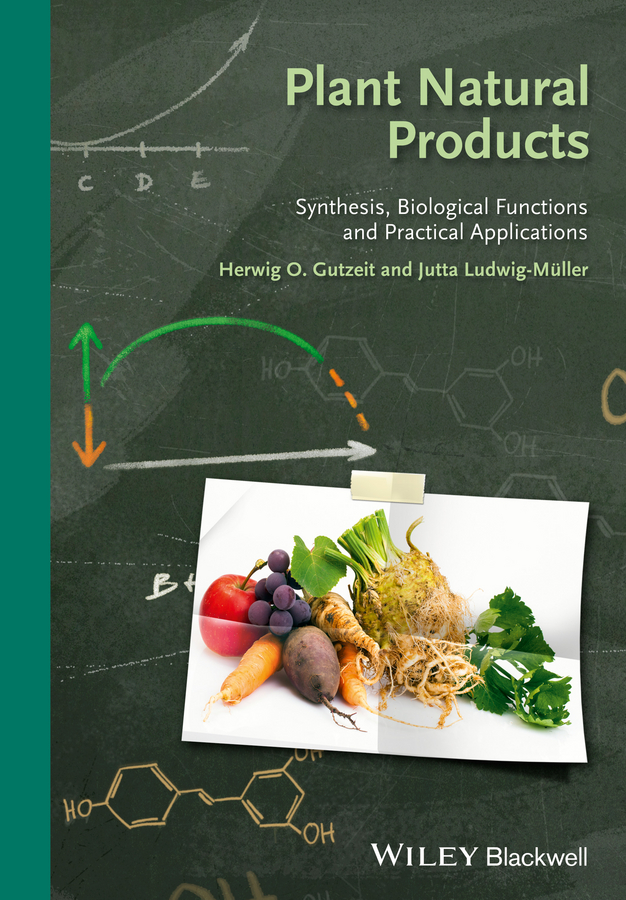
In contrast to existing books which either focus exclusively on the pharmacological properties of plant natural products or cover the secondary metabolism of plants as one section in general plant science book, this is the first to cover all aspects in one volume. It has all the features of a modern textbook, including color figures, questions and answers and a complimentary website. In addition, the introductory chapters provide sufficient background knowledge in the chemistry and biochemistry of plant natural products and their biotechnological applications to allow its use as a true stand–alone text for student courses. INDICE: Biology of natural plant products Synthesis, function and medicinal use of bioactive substances from plants Gutzeit, H.O. and Ludwig–Müller, J. Chapters: A. Biosynthesis und chemical properties of natural substances in plants. 1. Occurrence, compartmentation and biosynthesis of major classes of secondary plant metabolites 2. Identification and quantification of natural plant products 3. Biotechnological applications a. Cultivation, selection and transformation of plants and plant cultures for the production of natural plant products b. Potential problems in changing biosynthetic pathways (precursor availability, cofactor limitation, transport across membranes, inhibition by other metabolites, other competing pathways) B. Function of natural substances in plants 1. Function in plant development 2. Plant defence a. Pathogens b. Herbivores 3. Use of natural products in plant protection strategies (i.e. biofumigation) 4. Allelopathy 5. Attraction (pollination, symbioses) 6. Abiotic stress (UV, heat, cold) C. Biological effects on microorganisms and animals 1. Natural products during the evolution of plants 2. Co–Evolution a. Symbioses b. Attraction of insects (pheromones, food source, host for propagation, zoophagous insects) 3. Adaptation mechanisms of microbes and insects 4. Effects on vertebrates ? an overview D. Metabolism and toxicity of natural substances in mammals 1. Metabolism of natural substances in mammals 2. Polymophisms in humans 3. Toxicity (general tests, off–target effects) E. Examples for physiological effects of natural substances in food and in medicinal plants 1. How useful are antioxidant properties? 2. Estrogenic effects 3. Hallucinogenic drugs 4. Functional food (resveratrol and other substances) F. Natural substances as pharmacological lead substances 1. Learning from nature (ethnomedicine, screening libraries of bioactive substances)? 2. Improving pharmacological properties (biotechnology, organic chemistry) 3. From classical pharmacology to polypharmacology
- ISBN: 978-3-527-33230-4
- Editorial: Wiley VCH
- Encuadernacion: Rústica
- Páginas: 400
- Fecha Publicación: 23/04/2014
- Nº Volúmenes: 1
- Idioma: Inglés
